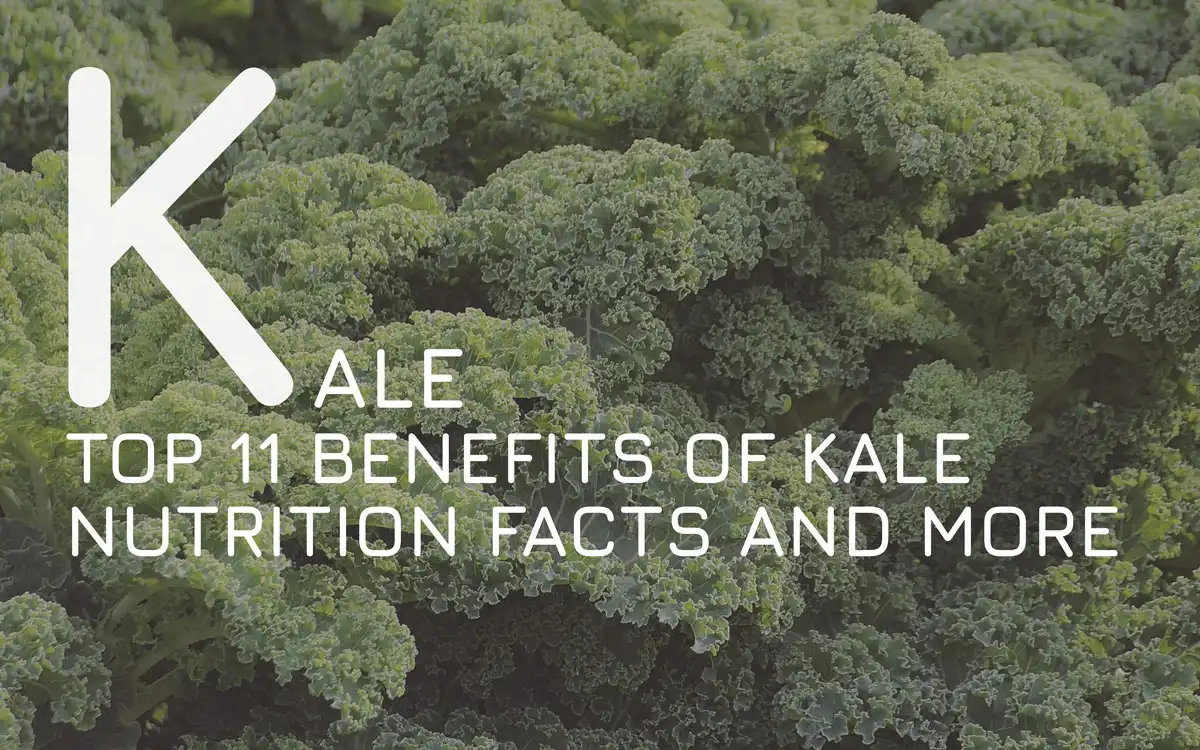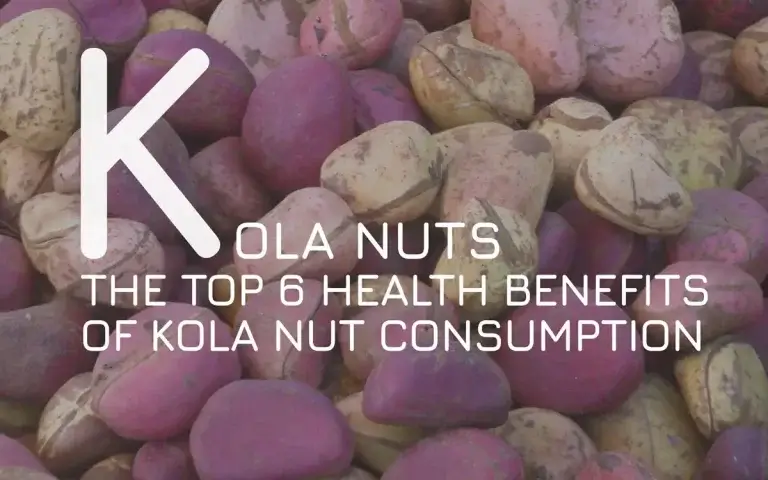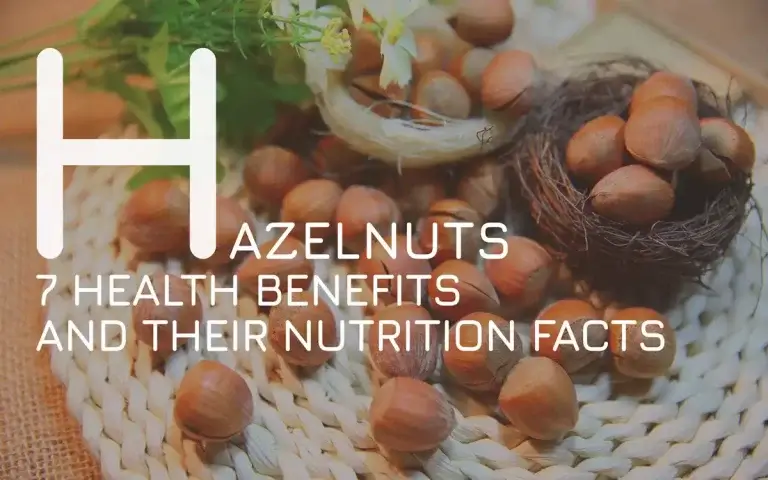The Top 11 Benefits of Kale: Nutrition Facts and More
If you’re looking for a leafy green that is packed full of nutrients, look no further than kale. This superfood has been gaining popularity in recent years, and for good reason. Kale is loaded with fiber, vitamins, minerals and antioxidants. It also has anti-inflammatory properties and may help reduce the risk of cancer. In this article, we will discuss the top 11 benefits of kale. We’ll also take a look at some nutrition facts and give you some ideas on how to incorporate kale into your diet.
What Is Kale?
Kale is a leafy green vegetable that belongs to the Brassica family, which also includes cabbage, broccoli, and Brussels sprouts. Kale can be eaten raw or cooked, and its nutritional value makes it a popular choice for many health-conscious individuals. One cup of kale contains only 36 calories, but it is an excellent source of vitamins A, C, and K, as well as iron and calcium.
In addition, kale is high in fiber and low in fat, making it an ideal food for those who are trying to lose weight or maintain a healthy lifestyle. While kale is typically thought of as a winter vegetable, it is actually available year-round. Whether you’re looking for a nutritious addition to your diet or simply want to try something new, kale is definitely worth a try.
Varieties (cruciferous vegetable family)
There are dozens of varieties of kale available. The most common variety is green kale, but there are also red and violet varieties. The different varieties have different textures, tastes, and appearances. Nutritionally, they are all similar. They all have vitamins, minerals, and antioxidants. The purple varieties contain anthocyanin, which has been shown to improve heart health. Some varieties are listed below:
- Curly kale
- Redbor kale
- Lacinato kale (Dinosaur kale)
- Walking stick kale
- Siberian kale
- Premier kale
- Red Russian kale

When purchasing kale, look for fresh, crisp leaves with no brown spots. Avoid kale that has wilted or yellowed leaves. Kale can be stored in the refrigerator for up to three days. Wash the kale before eating it to remove any dirt or pests. Kale can be eaten raw or cooked. It can be added to salads, soups, stews, or casseroles. It can also be roasted or sautéed as a side dish. Kale is a versatile and nutritious vegetable that should be a part of every healthy diet.
Kale Nutrition Facts
Kale is a nutrient-dense vegetable that belongs to the cabbage family. It is low in calories but high in vitamins, minerals, and antioxidants. Kale is an excellent source of vitamin C, beta-carotene, and other carotenoids. It is also a good source of vitamins B6 and K, manganese, copper, calcium, and iron. In addition to its nutritional benefits, kale has been shown to have some potentially health-promoting properties. For example, kale contains compounds that may help to reduce the risk of cancer and heart disease. Kale is also a good source of fiber and has a high antioxidant capacity. These nutrients make kale an important part of a healthy diet.
100 grams of kale contain the following nutrients:
- 36 calories
- 4.4 grams carbohydrates
- 1.5 grams fat
- 3 grams protein
- 4 grams fiber
- 390 micrograms Vitamin K (350% of RDI)
- 93.4 milligrams Vitamin C (110% of RDI)
- 0.9 milligrams Manganese (50% of RDI)
- 241 micrograms Vitamin A (28% of RDI)
- 0.35 milligrams Vitamin B2 – riboflavin (25% of RDI)
- 62 micrograms Vitamin B9 – folate (25% of RDI)
- 254 milligrams Calcium (22% of RDI)
- 348 milligrams Potassium (12% of RDI)
- 0.14 milligrams Vitamin B6 (10% of RDI)
- 32.7 milligrams Magnesium (10% of RDI)
- 0.1 milligram Vitamin B1 – thiamin (10% of RDI)
- 1.6 milligrams Iron (10% of RDI)
- 0.4 milligrams Vitamin B5 – pantothenic acid (10% of RDI)
- 1.2 milligrams Vitamin B3 – niacin (9% of RDI)
- 55 milligrams Phosphorus (8% of RDI)
- 50 micrograms Copper (6% of RDI)
- 0.7 milligrams Vitamin E (5% of RDI)
- 0.4 milligrams Zinc (5% of RDI)
- 53 milligrams Sodium (4% of RDI)
- 2870 micrograms Carotene, beta
Health benefits of Kale
Itis a nutrient-rich vegetable that belongs to the Brassica family, which also includes cabbage, Brussels sprouts, and broccoli. Kale can be enjoyed cooked or raw, and it is a good source of vitamins A, C, and K, as well as fiber and antioxidants. Research has shown that kale may help to reduce the risk of several chronic diseases, such as heart disease, cancer, and diabetes.
For example, the antioxidants in kale can help to protect cells from damage, while the vitamins A and C may boost immunity and reduce inflammation. Additionally, the fiber in kale can promote digestive health and help to lower cholesterol levels. Given its many potential health benefits, including kale in your diet is a smart choice. Here are the top 11 benefits of kale:
1. It is high in antioxidants
Antioxidants are compounds that help to protect cells from damage caused by oxidative stress. Oxidative stress is a process that occurs when there is an imbalance between the production of reactive oxygen species and the body’s ability to detoxify them. This can lead to cell death and tissue damage.
Antioxidants are beneficial because they help to neutralize unstable molecules known as free radicals. Free radicals can damage cells, leading to inflammation. Some chronic diseases have been linked to inflammation, so incorporating foods high in antioxidants into your diet may help to reduce your risk of developing these conditions. Kale is also a good source of vitamins A, C, and K, as well as fiber and manganese.
In addition, it is a good source of carotenoids and flavonoids. These nutrients help to scavenge harmful free radicals and protect cells from damage. Studies have shown that consuming foods rich in antioxidants may help to reduce the risk of chronic diseases, such as heart disease and cancer.
2. It has anti-inflammatory properties
One of the most impressive health benefits of kale is its anti-inflammatory properties. Inflammation is a natural response of the body to infection or injury, but chronic inflammation can lead to a number of serious health problems. Kale contains high levels of several vitamins and minerals that are known to reduce inflammation, including vitamin C, beta-carotene, and calcium.
In addition, kale is a good source of omega-3 fatty acids, which have been shown to decrease inflammation throughout the body. Therefore, including kale in your diet may help to reduce the risk of developing some chronic diseases.
3. Can improve heart health
Research has shown that eating kale can help to improve heart health in several ways. First, the nutrients in kale help to reduce inflammation and blood pressure. Additionally, kale helps to reduce cholesterol levels and improve the health of blood vessels. Finally, the antioxidants in kale help to protect against damage caused by stress and pollution. These effects combine to make kale a powerful tool for preventing cardiovascular disease.
Kale is a nutritional powerhouse that offers numerous health benefits, including the potential to improve heart health. The leafy green is rich in antioxidants and anti-inflammatory nutrients, both of which are important for maintaining a healthy heart. It’s also an excellent source of omega-3 fatty acids, vitamin K and potassium, all of which play a role in keeping the heart functioning properly.
Studies have shown that kale can help to lower cholesterol levels and blood pressure, both of which are major risk factors for heart disease. Kale juice consumption for 12 weeks, according to one study, boosted good cholesterol (HDL) 27% and reduced bad cholesterol (LDL) 10%. Another study showed that consuming kale regularly can help to reduce blood pressure by a significant amount. These studies suggest that incorporating kale into your diet may help to protect against heart disease.
4. Supports healthy digestion
Kale supports healthy digestion because it is high in fiber, which aids in the movement of food through the digestive system and helps to prevent constipation. In addition, kale contains a number of vitamins and minerals that are essential for gut health, including vitamin C, vitamin K, and calcium.
Furthermore, kale is a good source of antioxidants, which can help to protect the lining of the intestines from damage. For all these reasons, kale is an excellent addition to any diet. Including kale in your meals can help to keep your digestive system healthy and functioning properly.
5. Boosts energy levels and metabolism
Looking for a boost of energy? You might want to consider adding kale to your diet. This vegetable is packed with nutrients that can help to increase energy levels and metabolism. IT is an excellent source of iron, which is essential for carrying oxygen to the cells.
It also contains high levels of Vitamins A and C, both of which are known for their ability to boost energy levels and it is a good source of fiber, which helps to regulate digestion and metabolism.
6. Aids in weight loss efforts
It is low in calories but high in nutrients, making it an excellent addition to any weight loss plan. In addition to being a good source of vitamins and minerals, kale is also rich in fiber. This important nutrient helps to keep you feeling full and satisfied after eating, preventing overeating and unwanted weight gain.
What’s more, fiber helps to speed up the process of digestion, promoting regularity and helping to reduce the risk of digestive problems. Including kale in your diet can help you reach your weight loss goals and improve your overall health.
7. Helps keep skin looking young and healthy
As we age, our skin naturally begins to lose its elasticity and vibrancy. However, there are steps we can take to help slow down the aging process and keep our skin looking young and healthy. One such step is to include kale in our diet. Kale is packed with nutrients including vitamins A, K and C, beta-carotene, and folic acid, which help to protect the skin from damage caused by free radicals, sun exposure, and pollution.
These nutrients help to protect the skin from damage caused by free radicals, promote collagen production, and keep the skin hydrated. In addition, kale is also a good source of fiber and omega-3 fatty acids, which helps to flush out toxins and promote a healthy digestive system.
8. Cancer prevention
It is rich in antioxidants and anti-inflammatory compounds, which help to neutralize harmful cells and prevent them from causing damage to healthy tissue. Studies have shown that kale can help to protect against a variety of different types of cancer, including breast, liver, bladder, lung, and colon cancer. In addition, kale is a good source of fiber, which has been shown to reduce the risk of colorectal cancer.
Cruciferous vegetables contain high amounts of glucosinolates, which are a large class of sulfur-containing compounds. These active chemicals are produced by the breakdown of thiocyanates, isothiocyanates and indoles in the digestive system. These compounds have been shown to inhibit the growth of cancer cells and promote cell death.
9. Aids in Detoxification
Detoxifying your body is important for maintaining good health and preventing disease. Fortunately, kale is a delicious and nutritious way to help purify your system. This green leafy vegetable contains compounds called isothiocyanates, which push the creation of phase II enzymes. These enzymes work to break down and eliminate harmful substances from the body. In addition, kale helps to promote regularity and flush toxins from the digestive system.
kale also contains sulforaphane, a compound that has been shown to have potent detoxifying properties. sulforaphane helps to activate detoxification enzymes in the body, which help to remove harmful toxins and prevent damage to cells. In addition, sulforaphane has been shown to protect against DNA damage and inflammation. These properties make kale an ideal food for those looking to cleanse their bodies and promote overall health.
10. Helps to healthy fetal development
Kale is especially beneficial for pregnant women and their developing babies. It is an excellent source of folate, which is important for the development of the neural tube. Adequate intake of folate can help to prevent certain birth defects of the brain and spine.
It is also a good source of iron, which is necessary for the production of red blood cells. Iron helps to prevent anemia during pregnancy and promotes healthy fetal growth. In addition, kale provides calcium, which is essential for the development of strong bones and teeth.
11. Improves Eye Health
One important nutrient that is also found in kale is lutein. Lutein is a carotenoid that helps to protect the eyes from damage. Studies have shown that lutein can reduce the risk of cataracts and macular degeneration, two common age-related eye problems. In addition to lutein, kale also contains zeaxanthin, another carotenoid that is important for eye health.
Recipes
- One simple way to prepare kale is to sauté it with olive oil and garlic. This dish can be served as a side or topped with grilled chicken or fish for a complete meal.
- Another option is to add kale to soup or stew. It pairs well with beans and other vegetables, and the leaves will become tender when cooked in broth.
- For a raw kale salad, massage the leaves with dressing to soften them before adding other ingredients like fruits, nuts, and cheese.
- Kale can also be used as a wrap or tortilla alternative; just stuff the leaves with your favorite fillings and enjoy.
- kale chips are a delicious and healthy snack. To make them, simply toss kale leaves with olive oil and salt, then bake in a preheated oven until crisp.
Kale can be juiced for a nutritious drink (Kale juice)
It has a slightly bitter taste, but when juiced, it makes a delicious and refreshing drink. To make kale juice, simply wash and chop the kale leaves, then place them in a juicer. You can also add other fruits and vegetables for flavor, such as apples or carrots.

If you don’t have a juicer, you can also make kale juice in a blender by blending the chopped kale leaves with water or another liquid such as apple juice or orange juice. Just be sure to add enough liquid so that the blender can process the kale easily. Once the kale is blended into a smooth Juice, strain it through a fine mesh strainer or cheesecloth to remove any remaining bits of kale. Enjoy your healthy kale juice immediately or store it in the fridge for later.
Risks and Side Effects
While kale is generally considered to be a healthy food, there are some risks and side effects associated with eating it. For example, kale contains goitrogens, substances that can interfere with the function of the thyroid gland. As a result, people with thyroid conditions may need to limit their intake of kale.
Allergies
Kale allergy is uncommon. Some people with pollen-food allergies are sensitive to kale particularly if it is eaten raw. When you have symptoms from kale allergy, please contact a doctor.
Adverse effects
When you take blood thinners like warfarin you are advised to maintain an adequate intake of vitamins K. Since kale provides good amounts of vitamin K, working with your doctor or an accredited dietitian may help you maintain regular daily intakes.
Final Thoughts
Kale is an excellent source of vitamins and minerals, including vitamins C and K, beta-carotene, calcium, and iron. It also contains helpful phytonutrients, such as alpha-linolenic acid and sulforaphane. Kale can be enjoyed in many different ways, including raw in salads, sautéed, roasted, or blended into smoothies.
Adding kale to your diet can provide numerous health benefits, including improved digestion, a stronger immune system, reduced inflammation, and protection against chronic diseases. So next time you’re at the grocery store, don’t hesitate to pick up a bunch of kale! Your body will thank you.
FAQs
By NutriWins team










